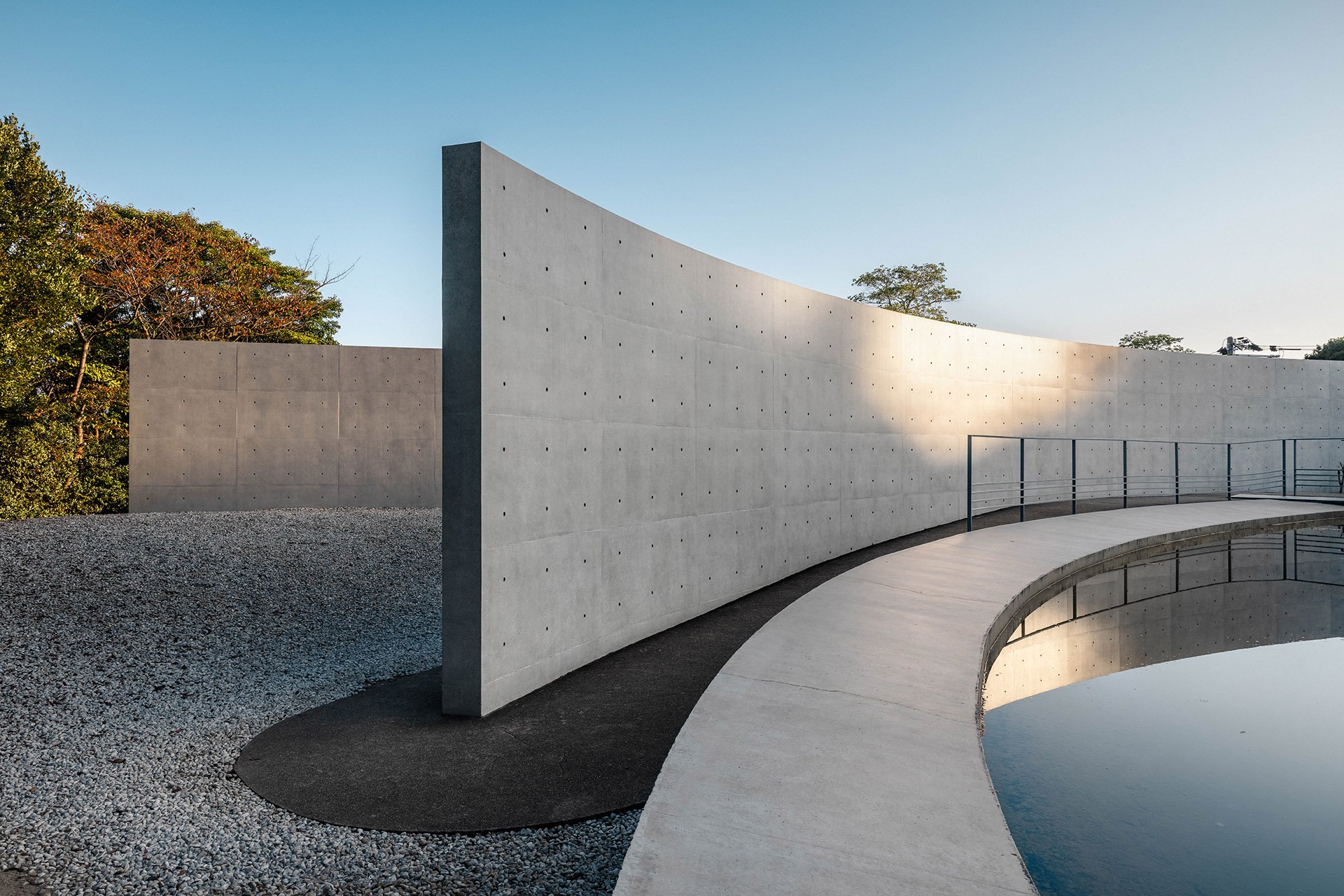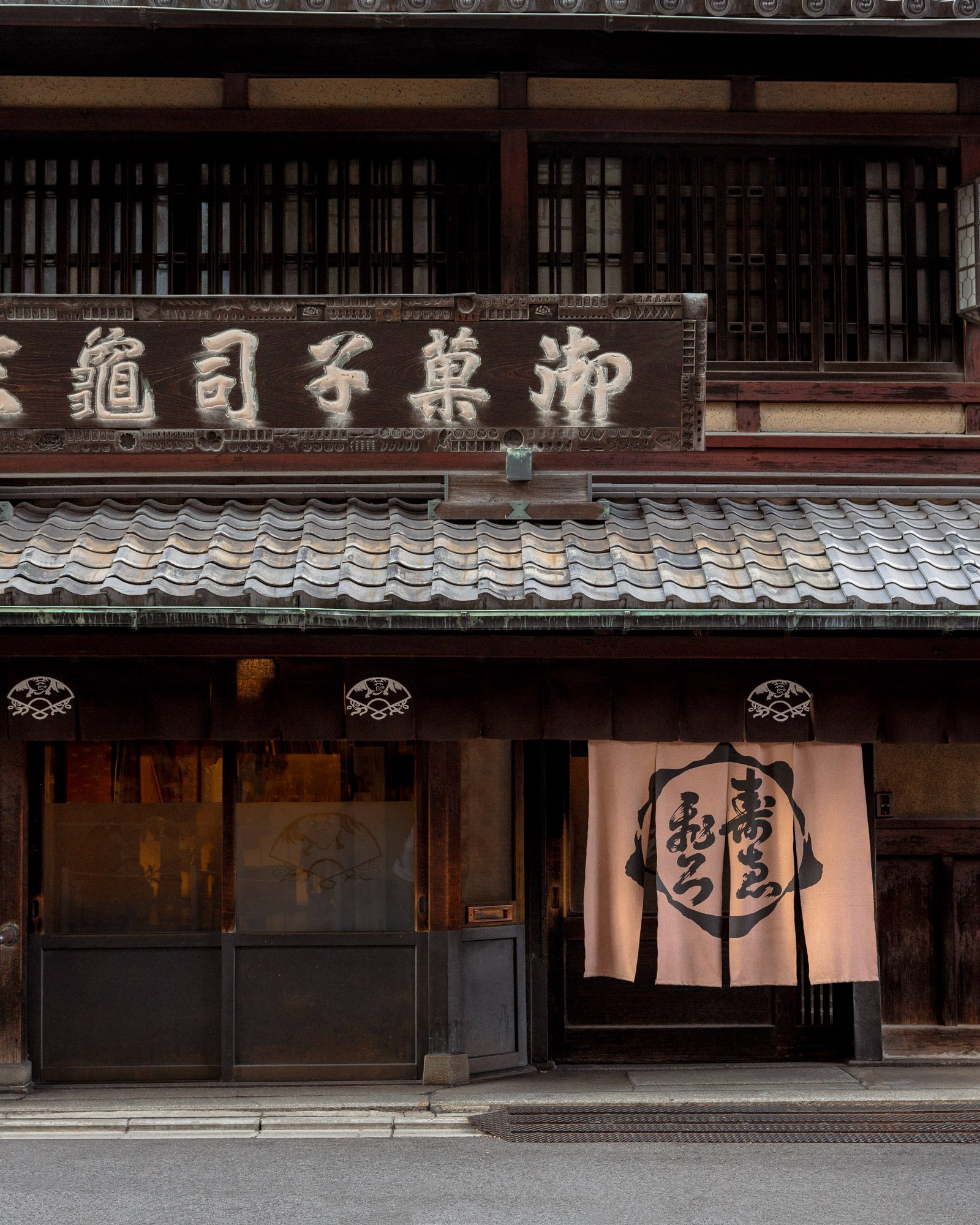The Art Lover’s Guide to Aomori Prefecture
Tucked away at the very top of Tohoku is Aomori Prefecture, a place where modern and traditional art merge together. Known globally for the Nebuta Matsuri, the area also plays host to a number of artistic and cultural points of interest like Aomori Museum of Art, Nebuta Museum Wa Rasse, and Towada Art Center. While it’s often left off the majority of itineraries, if you’re a fan of artwork, architecture and design, and are after a more meaningful trip to Japan, Aomori is a unique prefecture that’s worth visiting. Come with me as we explore an art lover’s guide to Aomori Prefecture.
Towada Art Center
Featuring a permanent collection of 36 artworks by the likes of Ron Mueck, Choi Jeonghwa, and Yoko Ono, the Towada Art Center is at the heart of Towada City’s artistic initiative. Spurred by population decline, government downsizing, and rural-urban migration, it’s an attraction that draws local lovers of contemporary art, and international tourists in droves.
The art centre, opened in 2008, was designed by Japanese architect Ryue Nishizawa and is formed of 16 separate geometric structures that allow visitors to craft their own path around the artwork. In between the structures emerges a number of courtyards and open spaces, a gentle reminder that you’re walking through an intricately designed building that embodies the creative spirit of the Towada.
The first piece of work you’ll encounter is Ron Mueck’s huge four-meter statue of a woman. Unsettling, hyper-realistic, and full of emotion. Outside you’ll find ‘Flowers Horse’ by Choi Jeonghwa, and just across the road in the colourful ‘Art Square’ you’ll come across 8 polka dot sculptures by Yayoi Kusama.
Take the Towada Kanko Dentetsu bus from the East exit of Hachinohe Station (around 1 hour) or the JR Oirase-go bus from the West exit (Around 40 minutes). From Shichinohe-Towada station, take the Towada Kano Dentestu from bus stop No. 1 at the south exit (40 minutes).
Opening hours: 9:00-17:00
Admission: ¥1,800 ($11.96)
Discover more about Aomori Prefecture and hundreds of other unique destinations in my brand new guidebook, Views from Japan.
Aomori Museum of Art
Designed by architect Jun Aoki and inspired by the nearby Jōmon period settlement, Aomori Museum of Art is devoted to showcasing the prefecture's artistic culture to the world. Dug into the ground like trenches from an archaeological excavation, many of the display areas take reference from the neighbouring Sannai Maruyama historical site. The main building, often considered a piece of art in its own right, is painted white to resemble the tents stretched above.
Venture into the main halls with 19-meter-high ceilings and you’ll find a permanent collection of artwork. This includes three huge paintings by Marc Chagall, originally backdrops for a ballet performance, as well as woodblock prints by Munakata Shiko, and one of the most notable artworks in the museum, an 8.5 meter-high Aomori-ken dog statue designed and created by Nara Yoshimoto.
Opening hours: 9:30-17:00
Admission: ¥510 ($3.39)
Related post: 6 Design Hotels for Your Next Trip to Kyoto
Nebuta Museum Wa Rasse
The Nebuta Matsuri is one of the most iconic festivals in all of Japan. Attracting more than 3 million visitors yearly, it’s no surprise that Aomori decided to build a museum dedicated to the celebration. The Nebuta Museum Wa Rasse lets visitors who won’t be able to visit the festival from 2nd August - 7th August, and those interested in learning more, experience every aspect of the event.
Just one minute away from the nearby Aomori station you’ll find the red steel ribboned building - a prominent structure on the landscape and winner of the 32nd Tokohuku Architectural Award in 2011. Inside you’ll find 4 full-sized floats (each taking an entire year to build) that have participated in the Aomori Nebuta Festival and ‘Nebuta faces’ from several of their creators.
Delve further into the museum and you’ll find the Aomori Nebuta Tunnel where you can learn about the history of the festival, get hands-on experience with a nebuta to fully understand what it takes to make these floats, and partake in a ‘Haneto’ dance experience. The Haneto experience, which happens 3 times a day, teaches visitors to dance to Hayashi music. Finish your trip off at the on-site shop that stocks Nebuta goods and souvenirs of Aomori prefecture.
Opening hours: 9:00-18:00/19:00
Admission: ¥620 ($4.12)
Looking for travel guides and itineraries? Subscribe to the weekly Views from Japan newsletter here.
Where to Stay
Hoshino Resorts Aomoriya
There’s perhaps no better place for art lovers to stay in Aomori than Hoshino Resorts Aomoriya. Offering a complete year-round celebration of the Nebuta Matsuri festival, 4 onsen options (Uki-yu, Hiba-yu, Moto-yu, and a footbath), it’s a luxury hot spring ryokan that holds Aomori traditions close to heart. Visitors have the choice of a number of rooms, with the vibrant Aomori Nebuta room designed by master craftsman Hiroo Takemani being the most obvious choice for those who appreciate a combination of history and art. Tatami floors and colourful paper lanterns decorate the walls, making for an incredibly unique stay. The Unkan Suite, featuring an oversized wooden bathtub and unobstructed views over the hotel’s park is the perfect choice for those looking for a more tranquil and high-end night away.
Book Hoshino Resorts Aomoriya.
Important Information
How to get there
Car: Via Hachinohe Expressway and Daini Michinoku Toll Road
Train: From JR Hachinohe Station or JR Shin Aomori Station take the Aoimori Railway to Misawa Station
Check-in / Check-out: 3:00 PM / 12:00PM
Number of Onsen: 4
Pets: Allowed
Contact: 56 Furumagiyama, Misawa-shi, Aomori-ken, Japan 033-0044
Affiliate Disclosure: Please note this post may contain affiliate links. By purchasing via these links, I may earn a small commission at no additional cost to you. It’s a big help to keep this site up and running and I only promote products and services that I personally use and trust. Thanks!
Are You Ready to Discover Japan, Minus the Crowds?
Are you tired of seeing the same over-crowded locations in Japan? I’ve spent five years exploring all corners of the country and now reveal everything I have learnt in my brand new travel guidebook. In Views from Japan, I take you on a journey through unique architectural destinations, under-the-radar neighbourhoods and timeless countryside hotels, as well as revealing my most trusted insider travel tips and so much more.












